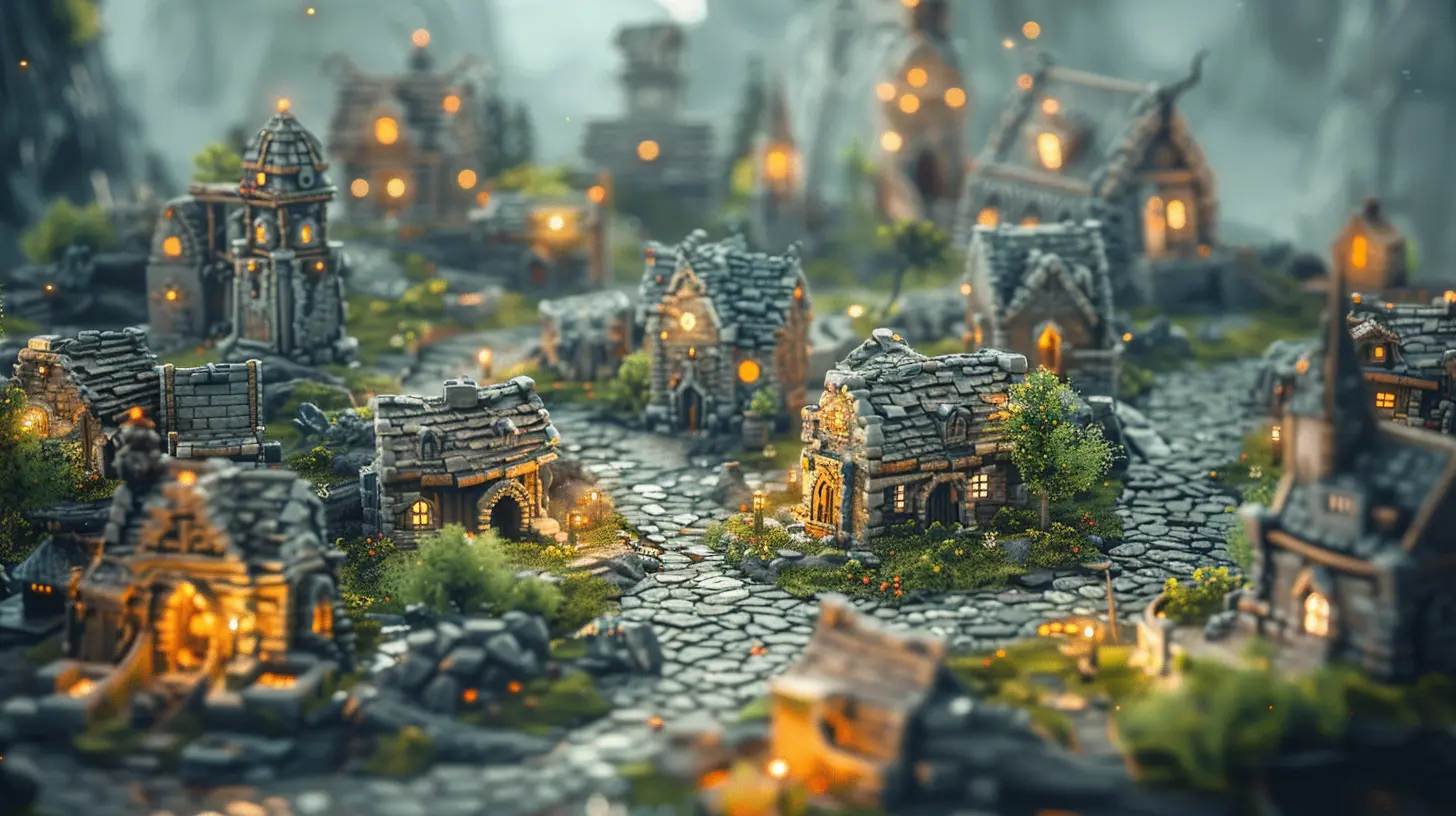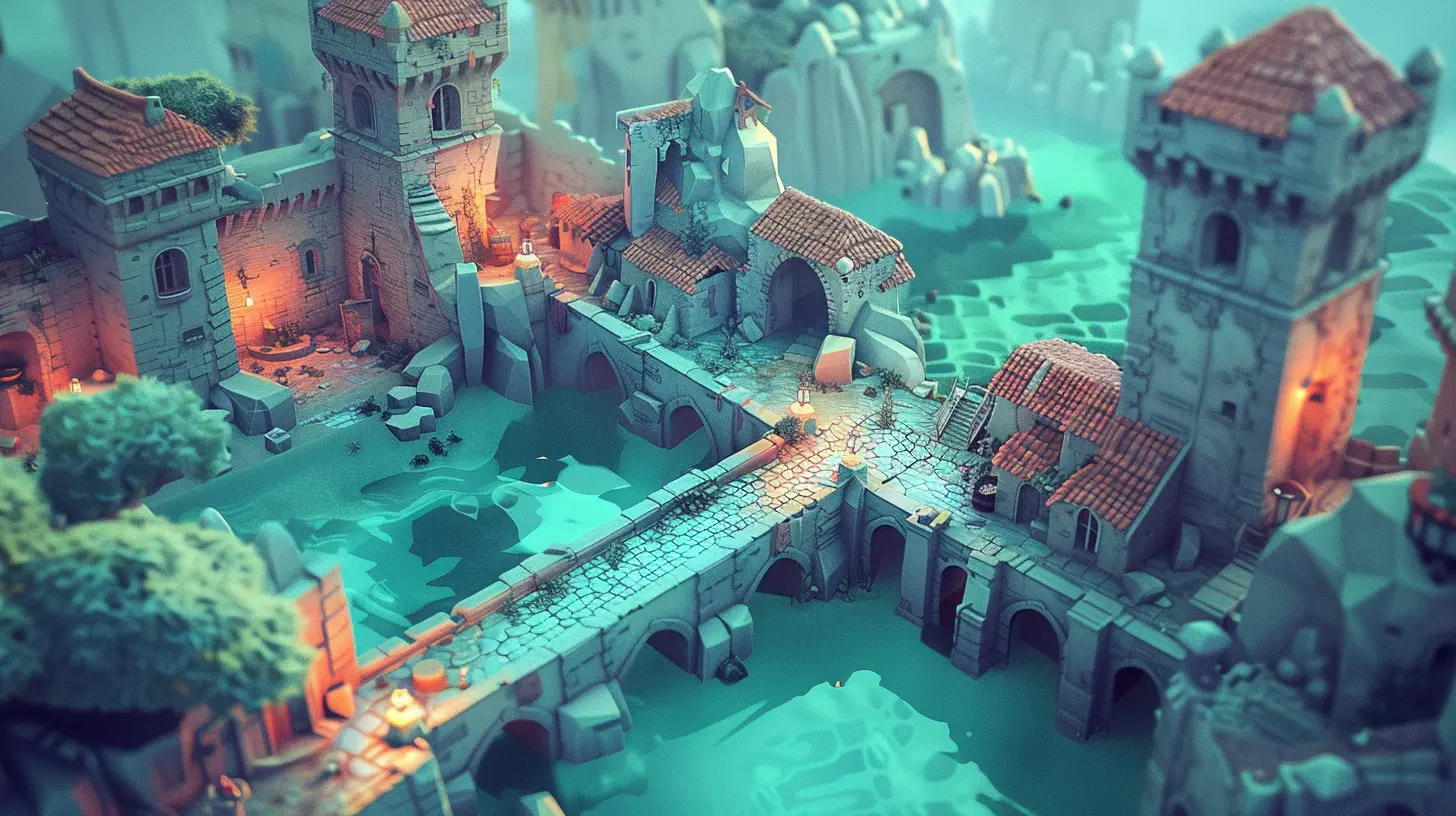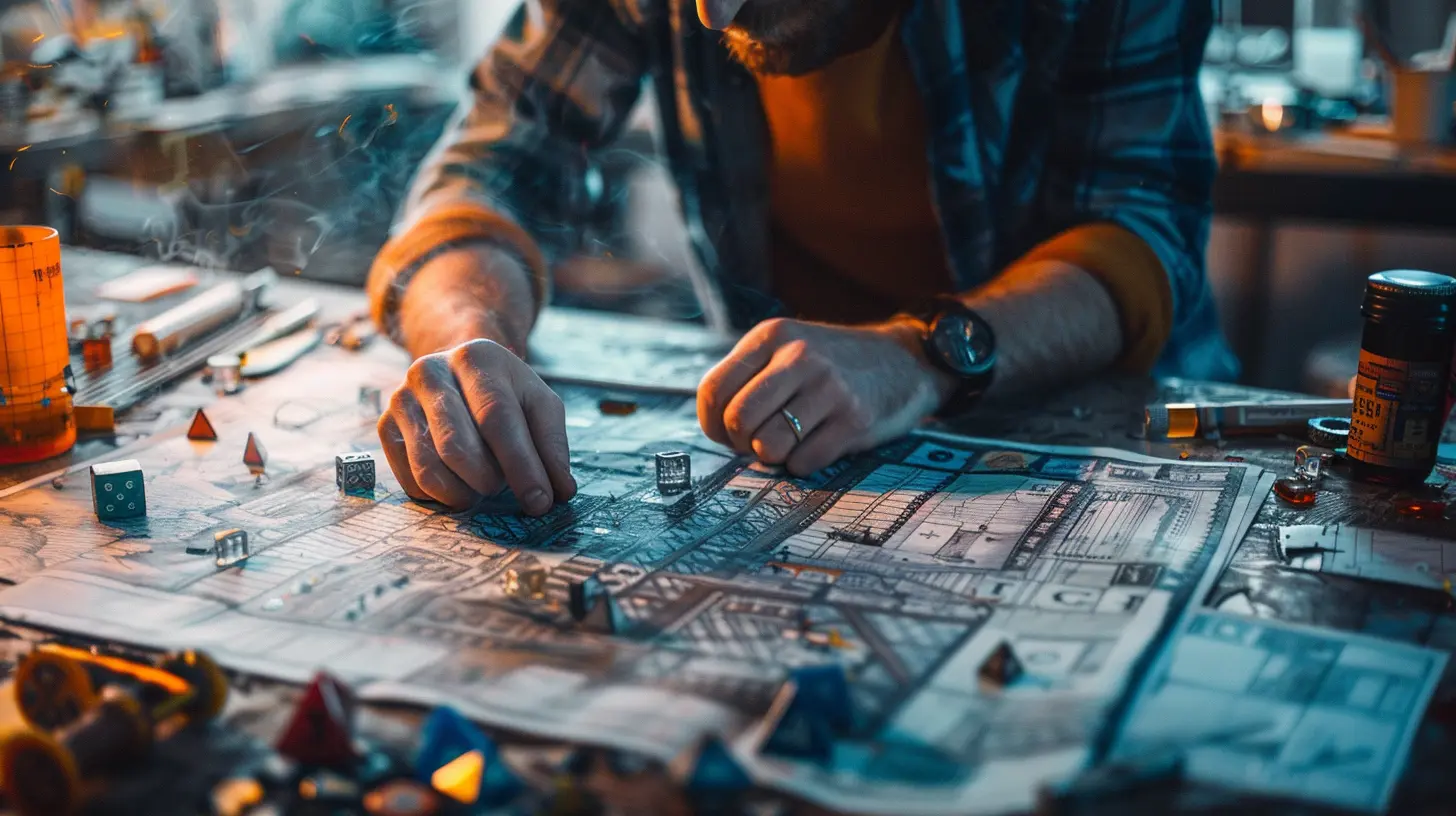From Idea to Reality: How to Prototype Your Game Design
25 June 2025
So, you’ve got an idea for a game—a wild, fantastic concept that’s been brewing in your brain like the perfect cup of coffee. Maybe it’s a puzzle game with a twist, or an open-world RPG with dragons that can DJ (hey, no judgment here). Whatever it is, the hard truth is this: an idea is just the starting line. To turn it into something tangible, something playable, you’ll need to create a game prototype.
Don’t worry—it’s not as intimidating as it sounds. Prototyping is the playground where your ideas take their first baby steps. It’s where you test your mechanics, break things, and figure out what works (and what doesn’t). By the end of this article, you’ll know how to turn your game idea into a working prototype, no matter how big or small your concept might be.
Why Prototyping Matters
Think of prototyping as cooking a new recipe. You wouldn’t invite all your friends over, only to realize halfway through that you forgot to buy half the ingredients, right? A prototype helps you test your “recipe” before serving it to the world. It’s your chance to experiment, troubleshoot, and polish your game mechanics before investing too much time or money.Besides, not every idea turns out to be as fun as it sounds on paper. (Remember that time you thought goat yoga would be a good idea? Yeah, let’s not repeat that.) Prototyping lets you figure that out early. 
Step 1: Define Your Core Gameplay Loop
Before you even touch a keyboard, nail down your core gameplay loop. What's that, you ask? It’s the essential thing players will do over and over in your game. Imagine it as the backbone of your project. If your game is a platformer, the loop might involve running, jumping, and collecting items. If you’re making a strategy game, it might center around resource management and decision-making.Here’s the trick: your core gameplay loop should be simple, engaging, and easy to explain. If you can’t describe it in one sentence, it’s probably too complicated.
For example:
- "My game is about solving puzzles using time manipulation."
- "Players collect resources during the day to survive monster attacks at night."
Done? Great. That’s your starting point.
Step 2: Choose Your Tools
Now, let’s talk tools. The good news? You don’t need to be a coding wizard or a professional designer to create a great prototype. There are plenty of accessible platforms and software to help you bring your idea to life.Here are a few popular ones:
Game Engines:
- Unity: Great for both 2D and 3D games. Tons of tutorials and a massive community. Ideal for beginners and experts alike.- Unreal Engine: A bit more complex, but perfect for stunning graphics and detailed gameplay mechanics.
- Godot: Open-source, lightweight, and beginner-friendly.
Visual Tools (No Coding Required):
- GameMaker Studio: Perfect for 2D games with a drag-and-drop interface.- RPG Maker: If role-playing games are your thing, this tool is a dream come true.
- Construct: Another drag-and-drop option for rapid prototyping.
Even simpler? Use pen and paper or digital whiteboards (hello, Miro or Figma) to sketch out your ideas before diving into a game engine. There’s no shame in starting low-tech. 
Step 3: Focus on Mechanics, Not Polish
When building your prototype, ignore the urge to make it look pretty. Seriously—step away from Photoshop. Prototyping isn’t about perfecting the visuals; it’s about testing mechanics.Use basic shapes (squares for characters, circles for enemies, triangles for obstacles—go wild). Trust me, no one cares if your hero looks like a potato with legs at this stage. What matters is:
- Does the jumping mechanic feel responsive?
- Is the combat system intuitive?
- Are the puzzles challenging yet fair?
It’s like testing a car engine before worrying about the paint job. The flashy stuff comes later.
Step 4: Iterate, Iterate, Iterate (And Then Iterate Some More)
Here’s the brutal truth: your first prototype is probably going to suck. And that’s okay! The whole point is to test, fail, and improve.Play your prototype. Then let someone else play it (this part’s crucial!). Watch where they struggle or get bored. Are they having fun? What’s confusing? Take notes like a detective solving a mystery.
Then go back and tweak it. Rinse and repeat. Prototyping is an iterative process—you’re constantly testing and refining until your mechanics feel just right.
Step 5: Build Around Your MVP (Minimum Viable Product)
Ever heard of an MVP? No, I’m not talking about the “Most Valuable Player” (although hey, that could be you). In game design, the Minimum Viable Product refers to the smallest version of your game that’s playable and demonstrates your core idea.For example, if you’re making a dungeon crawler, your MVP might include:
- A single dungeon room
- One enemy type
- Basic combat mechanics
You don’t need a 300-level campaign or a full orchestral soundtrack at this stage. Keep it simple. If your MVP isn’t fun, adding more features won’t magically fix it.
Step 6: Gather Feedback
This is where you’ll have to grow some thick skin. Ask friends, family, or other game enthusiasts to play your prototype and give honest feedback.Now, here’s the thing: not all feedback is created equal. Some people will love your game; others might tear it apart. Listen carefully, but don’t let every opinion sway you. Look for patterns:
- Are multiple people saying the controls feel clunky?
- Do they all agree that Level 1 is too hard?
That’s your golden nugget of truth. Use it to make informed decisions moving forward.
Step 7: Add Layers (Slowly)
Once your core mechanics feel solid, you can start adding additional features to flesh out your game. Maybe it’s new levels, enemies, or abilities. But don’t go overboard—add one feature at a time and test it thoroughly.Think of it like building a sandwich. Start with the basics (bread, meat). Then, once that’s solid, you can layer on the extras (cheese, lettuce, a dollop of mayo).
When Is Your Prototype “Done”?
Ah, the age-old question. Truthfully, a prototype is never “done” in the traditional sense. But you’ll know it’s time to move on when:1. Your core gameplay loop is fun and functional.
2. Key mechanics have been tested and refined.
3. You’ve addressed major feedback from playtesters.
At this point, you’re ready to polish, expand, and transform your prototype into an alpha version—or pitch it to potential publishers or investors.
Common Prototyping Mistakes to Avoid
Let’s talk pitfalls. Here are a few common missteps many first-time devs make:- Overloading Your Prototype: You don’t need every feature crammed into your first build. Focus on one idea at a time.
- Ignoring Feedback: If multiple people are pointing out the same issues, don’t ignore them (even if it’s painful to hear).
- Perfectionism: Prototypes are supposed to be messy. Don’t waste days obsessing over tiny details.
- Skipping the Prototype Altogether: Trust me, diving straight into full development without prototyping is like jumping into a pool without checking for water.
Wrapping It Up
Prototyping might not be the most glamorous part of game development, but it’s arguably the most important. It’s where your ideas grow legs, learn to walk, and eventually run. Sure, it can be a frustrating process—full of trial and error—but it’s also insanely rewarding when you see your concept come to life.So, grab your tools, start simple, and dive in. Who knows? Your prototype might just be the first step toward the next big indie hit.
all images in this post were generated using AI tools
Category:
Game DesignAuthor:

Francesca West
Discussion
rate this article
2 comments
Elias Phelps
The article effectively outlines the prototyping process, but it could further emphasize the importance of iterative feedback. Real-world testing often reveals unforeseen challenges that initial designs overlook. Emphasizing collaboration with players during prototyping could enhance the creative process and lead to a more refined final product.
October 6, 2025 at 3:08 AM
Evren Lane
Prototyping: where your wildest ideas meet reality—and duct tape!
June 29, 2025 at 4:48 AM

Francesca West
Absolutely! Prototyping is all about transforming creativity into tangible experiences, and sometimes a little duct tape is all you need to hold those wild ideas together!


